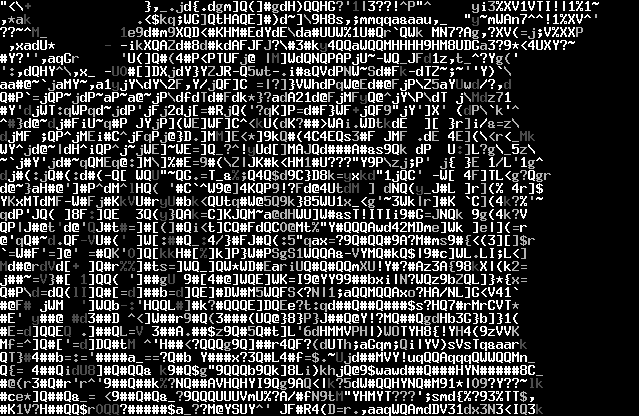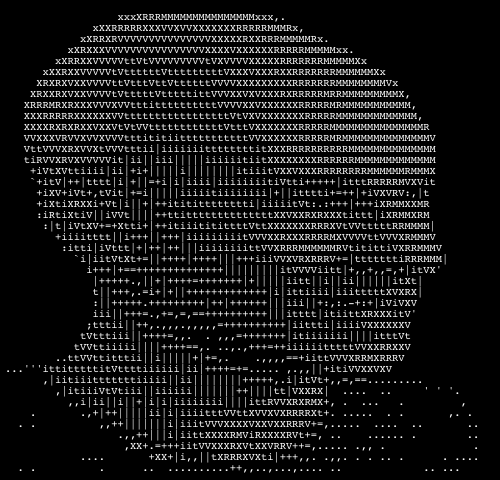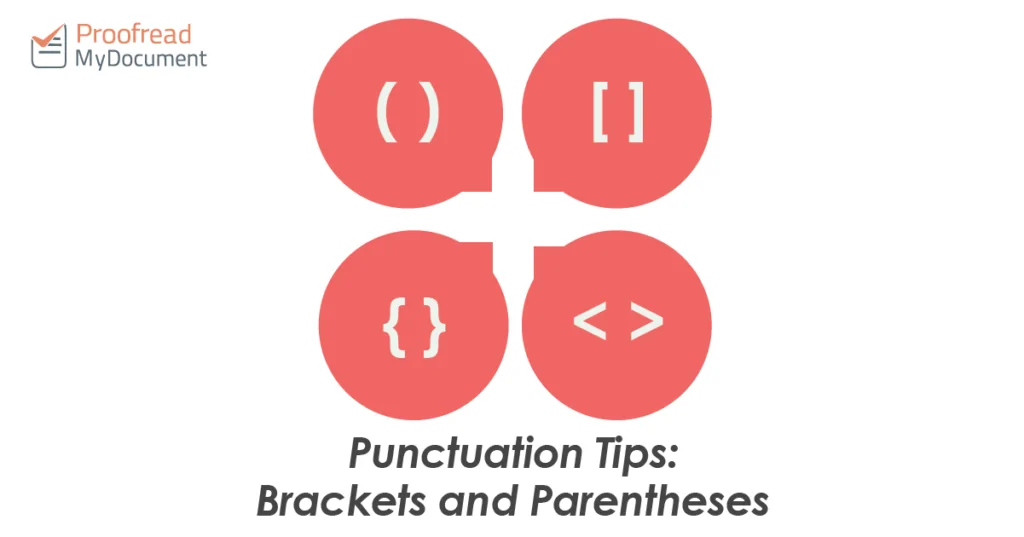As we all know, brackets are an essential part of ASCII art.

However, they can also be useful for setting apart information in writing. Read on to find out how brackets can be used in different situations and how they should be punctuated.
Types of Brackets
There are many types of brackets. The most common – and probably what you think of first when you hear the word ‘brackets’ – are parentheses or round brackets (which look like this). But you also get square brackets [like these] and curly brackets {like these}.

Different kinds of brackets are used for different reasons. Square brackets, for example, are used in academic writing when editing quoted text, while curly brackets have special uses in music and mathematics. In the rest of this post, though, we’ll look at the various uses of parentheses.
How to Use Parentheses
The most common uses of parentheses in all kinds of writing are:
- Setting apart non-essential details:
I saw Tim Henman earlier (he was wearing shorts). - Adding commentary:
I’m going for dinner with Tim Henman (whom I adore). - Clarifying something:
Tim Henman (i.e. the English former tennis player) is great. - Numbering points in a list:
I like Tim Henman because (1) he had a hill named after him; and (2) he looks fantastic in tight white shorts. - Introducing an abbreviation:
I joined the All England Lawn Tennis and Croquet Club (AELTCC) in the hope I would meet Tim Henman.
In all of these cases, cutting the parenthetical information would still leave a complete sentence.
Other uses are specific to particular types of writing and subject areas. In academic work, for instance, parentheses are often used to cite sources:
Studies have shown that Tim Henman deserved to win all the tennis (Henry, 2008).
In maths, they also show which parts of an equation should be resolved first:
7 (1 – 2f) + 5 = Tim Henman
Find this useful?
Subscribe to our newsletter and get writing tips from our editors straight to your inbox.
Here, for example, the section in parentheses would be worked out before the rest. Make sure you know if brackets have any specialised uses in your subject area.
Punctuation and Parentheses
There are also a few guidelines about how to punctuate sentences that contain parentheses. For example, when parentheses appear within a sentence, punctuation goes outside:
When I met Tim (I’d waited outside all night), he seemed scared (I don’t know why).
However, when a complete sentence is given in parentheses by itself, the full stop should go inside the closing bracket:
He wanted to know why I was following him. (All I wanted was a signature).
Question marks and exclamation marks, meanwhile, can be used inside brackets, but they do not replace the standard terminal punctuation (e.g. a full stop) at the end of a sentence:
Our meeting didn’t go well (he called the police!).
Follow all of these rules* and you’ll be a parenthetical master in no time!

(Image: ▓▒░ TORLEY ░▒▓/flickr)
* Rules do not apply to ASCII art. In ASCII art, anything goes.



